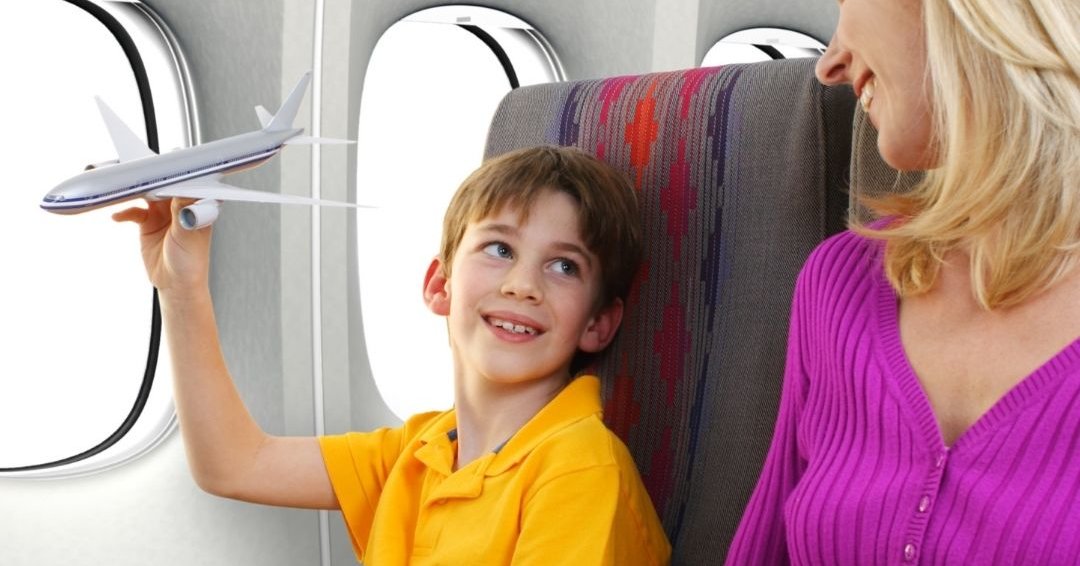
Air travel can be exciting and fun yet may come with some challenges for families and autistic children because of routine changes, navigation of unfamiliar environments, and sensory stimulation.
This article provides families tips and recommendations to better prepare for air travel. It is essential to remember that ASD is a spectrum, and each autistic child’s abilities and preferences vary. There is no one size fits all solution. Hence, not every recommendation may suit them.
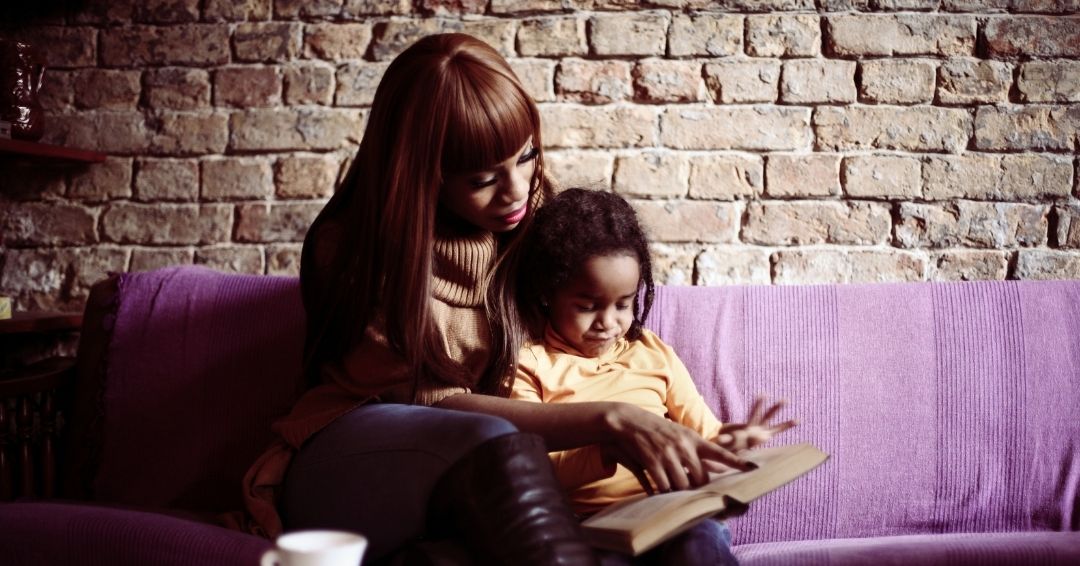
PREPARATION BEFORE THE AIR TRAVEL
Book a trip with a CATP. Travel advisors and agents who have undergone the Certified Autism Travel Professional (CATP) training through IBCCES could help families have a smoother journey to destinations as they are well-versed in travel options, ideas for autistic individuals, and recommend autism-certified travel op]tions that can be fun for the whole family.
Build a story. Weeks before your trip, build a picture for your child that summarizes the whole air-travel process. You can include images, videos, simulations, and descriptions of the process. You may also include sensory experiences that your child may encounter, such as “ear-popping” at takeoff and landing. This might help increase predictability and familiarity for your child in an unfamiliar process.
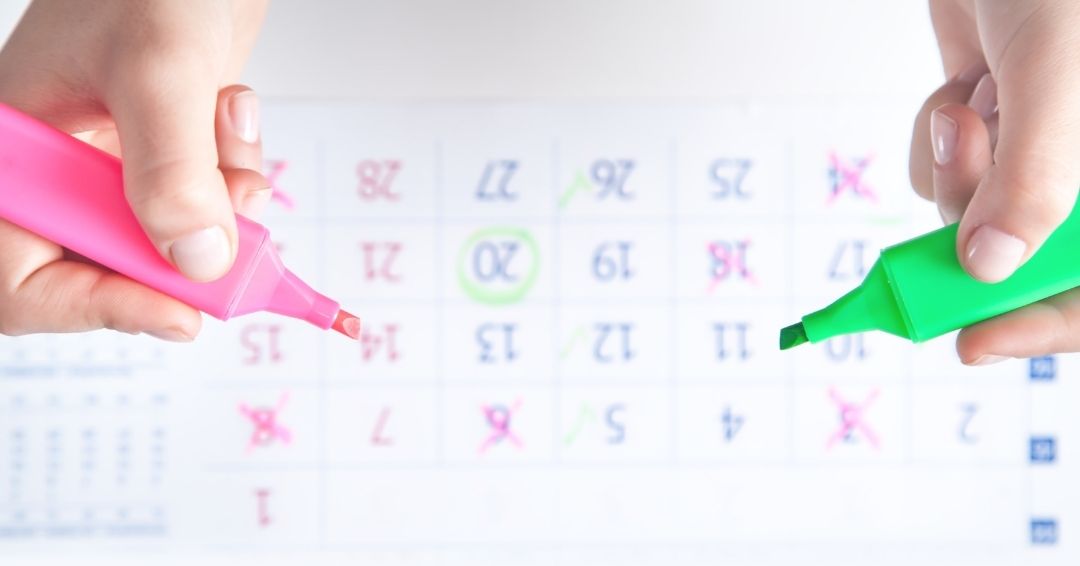
Mark it on your calendar. A few weeks before your flight, hang a calendar with the departure dates marked, and you can have your child check it off each day until your flight. By doing this, you’ll develop a concept of time solidly and may visually help your child prepare for changes in their routine.
Avoid washing any comfort toys or items before travel. Air travel can bring on sensory overload to any traveler, especially autistic children. Carrying their favorite toy or object that smells like your home can be soothing and curve sensory overload.
Prepare Meals and Travel Bags. Limited food choices are offered on airport terminals or airplanes, and this can be cumbersome if your child has dietary restrictions or is a picky eater. Therefore, pre-packed food items are essential to have a variety of snacks and mini-meals that your child can have. Keep in mind to pack chewy foods, like fruit gummies or a bagel, for children who can soothe thru oral sensory stimulation.
Travel bags also come in handy as they may contain digital devices, headphones, and tactile items that can soothe sensory overload.
Do some exercise before your flight. Air travel includes extended periods of sitting quietly. Before leaving for the flight, exercising will help your child relieve any bottled-up energy before getting to the airport. Ideal activities, such as running or trampoline jumping, for approximately 20 minutes would help release bottled-up energy. You can always improvise and walk the terminal as a way to exercise before your flight as well.

FLIGHT SECURITY PREPARATION
TSA Accommodations. The Transportation Security Administration (TSA) has established a protocol that allows for special accommodations for travelers with disability. To learn more about the options available, visit their website and watch the TSA Cares video for more information.
Do a trial flight run. You may contact your local airport to see if the TSA will let you and your child run through the airport security process. This may help your child familiarize the security process before your travel date.
If a trial run is not possible, role-play the process. Like building a story, if your local airport does not permit an actual practice run in the airport facility or take photos or video footage, you can try an alternative, role-playing at home. This step will also help your child familiarize themselves with the airport security process, try to be as detailed as possible.

ON THE AIRPLANE
During Flight Boarding. Immediately notify gate attendants that you are flying with an autistic child, and ask if you are permitted to board early or last. It may depend on your preference. Boarding early and late could have the advantage of not waiting in line at the gate or on the airplane while other passengers take their seats. It may depend on your preference.
The discomfort of Ear-popping. Ear-popping can trigger during flight takeoff and landing. You may motivate your child to suck on a piece of candy or chew a piece of gum. However, if your child cannot safely do so, a chew toy can also be an effective alternative to reduce the discomfort of ear-popping.
Watching time is essential. A count-down timer can be vital so that your child would know how much longer they can expect in-flight.
Entertainment during flight. Travel bags are crucial as they contain your child’s digital or tactile items such as tablets, play doughs, toys, books, coloring materials, etc., that may help them self-soothe while on the airplane (See Prepare Meals and Travel Bags).
Remember, there is no one size fits all approach. You may try different techniques for your child and see what method best suits their needs.




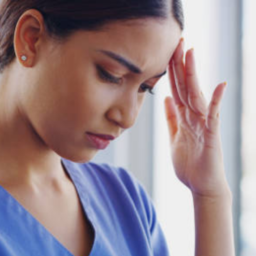





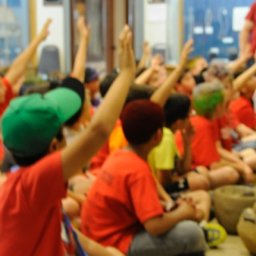


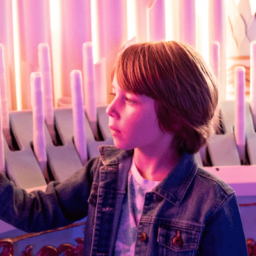


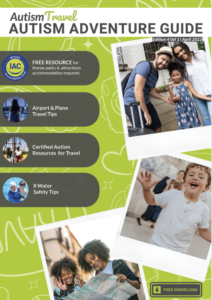
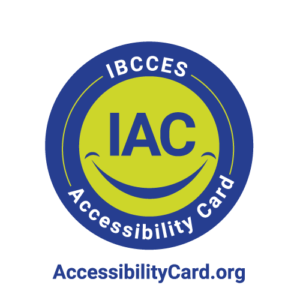 IBCCES Accessibility Card Now Available as a Mobile App
IBCCES Accessibility Card Now Available as a Mobile App